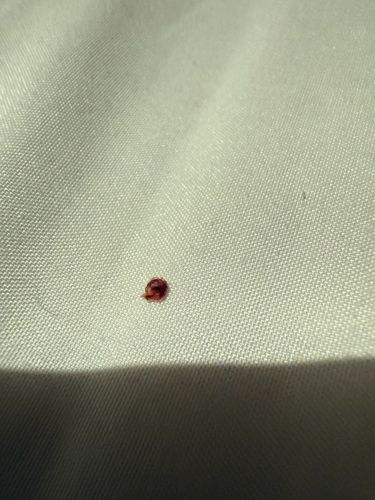Bed Bug
Scientific Name: Cimex lectularius
Order & Family: Hemiptera, Cimicidae
Size: Adults are typically 4-5 mm (0.16-0.20 inches) long, oval, and flattened. Nymphs are smaller and yellowish-white.

Natural Habitat
Primarily nocturnal, they live in cracks and crevices in mattresses, bed frames, furniture, behind wallpaper, and in other sheltered locations close to their human hosts. They are often found in homes, hotels, dormitories, and other places where people sleep or rest.
Diet & Feeding
Bed bugs are obligate hematophagous insects, meaning they feed exclusively on the blood of warm-blooded animals, primarily humans. They feed by piercing the skin with their elongated mouthparts and sucking blood.
Behavior Patterns
Nocturnal feeders, emerging from their hiding spots to feed on sleeping hosts for about 3-10 minutes. They are attracted to carbon dioxide and warmth. After feeding, they return to their hiding places. They can survive for several months without a blood meal. Females lay 1-5 eggs per day, gluing them to surfaces in their hiding spots.
Risks & Benefits
Potential risks include itchy red welts from bites, which can lead to skin infections from scratching. They are not known to transmit diseases to humans, but their presence can cause psychological distress, sleep deprivation, and allergic reactions in some individuals. There are no known benefits of bed bugs to humans or the ecosystem.
Identified on: 11/3/2025